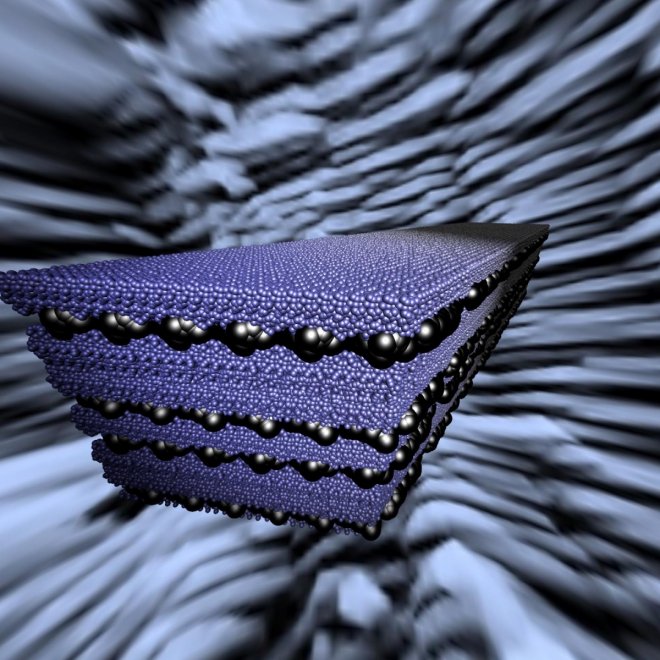
Engineers of the Rice University, Texas have decoded interactions between different materials and structures which maximize their strength, toughness, stiffness and fracture strain.
According to the research paper published in the Journal of Mechanics and Physics of Solids, the researchers used more than 400 computer simulations of materials like mother-of-pearl and rice to synthesize lightweight multifunctional structures. These composites could be used in various applications from microelectronics to cars to spacecraft.
The computer simulated research found that the entire composition of the material changes with any change in its structure.
Rouzbeh Shahsavari, a scientist of Rice University said, "Lightweight natural materials are abundant. In these types of materials, two kinds of toughening happen. One comes before crack propagation, when the platelets slide against each other to relieve stress. The other is part of the beauty of these materials: the way they toughen after crack propagation."
The researcher says that even if there is a crack in the material, it does not mean a failure. The cracks could be deflected through the different layers of the material and could be converted to a much more complex pattern inside it. The cracks do not cause any serious problem as the complex crack travels between the layers are less problematic when compared to straight crack on the surface.
The scientists denoted the word "strength" as the ability of a material to stay together when stretched or compressed. The word "stiffness" denoted the measure of the material's resistance to deformation. Toughness has been regarded as the materials ability to absorb energy before a failure or breakdown.
The studies included the nanoscale arrangements of hard building block platelets cemented with soft matrix materials arranged in overlapping brick-and-mortar pattern or other patterns. Natural composite materials including the mother-of-pearl, tooth enamel, bamboo and the dactyl clubs of mantis shrimp have similar arrangements which determine its strength.
The hard parts in these materials are strong enough to withstand battering and are flexible enough to distribute the stress through the material. Any fractures would be generally distributed to reduce the damage.
The researchers had created maps to predict the properties of materials which determine the distribution of the cracks. They said that "architectures and components would allow us to combine the best properties of each."
The engineers have found four important composite properties which are present in their baseline models including the length of platelet, the plasticity of the matrix, dissimilarity ratio of platelets, and overlap offset.
It was found that the platelet's length would distribute the cracks growth inside the material.









